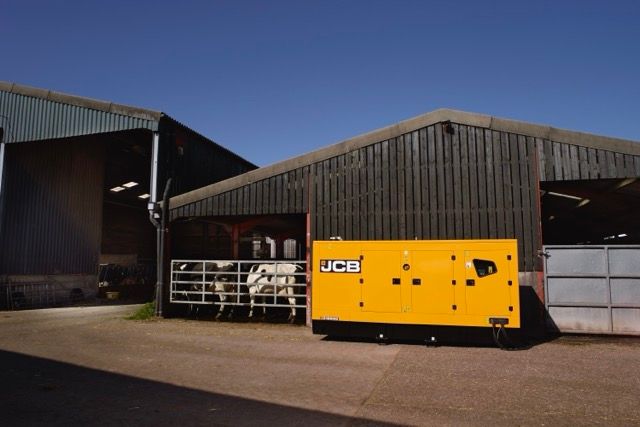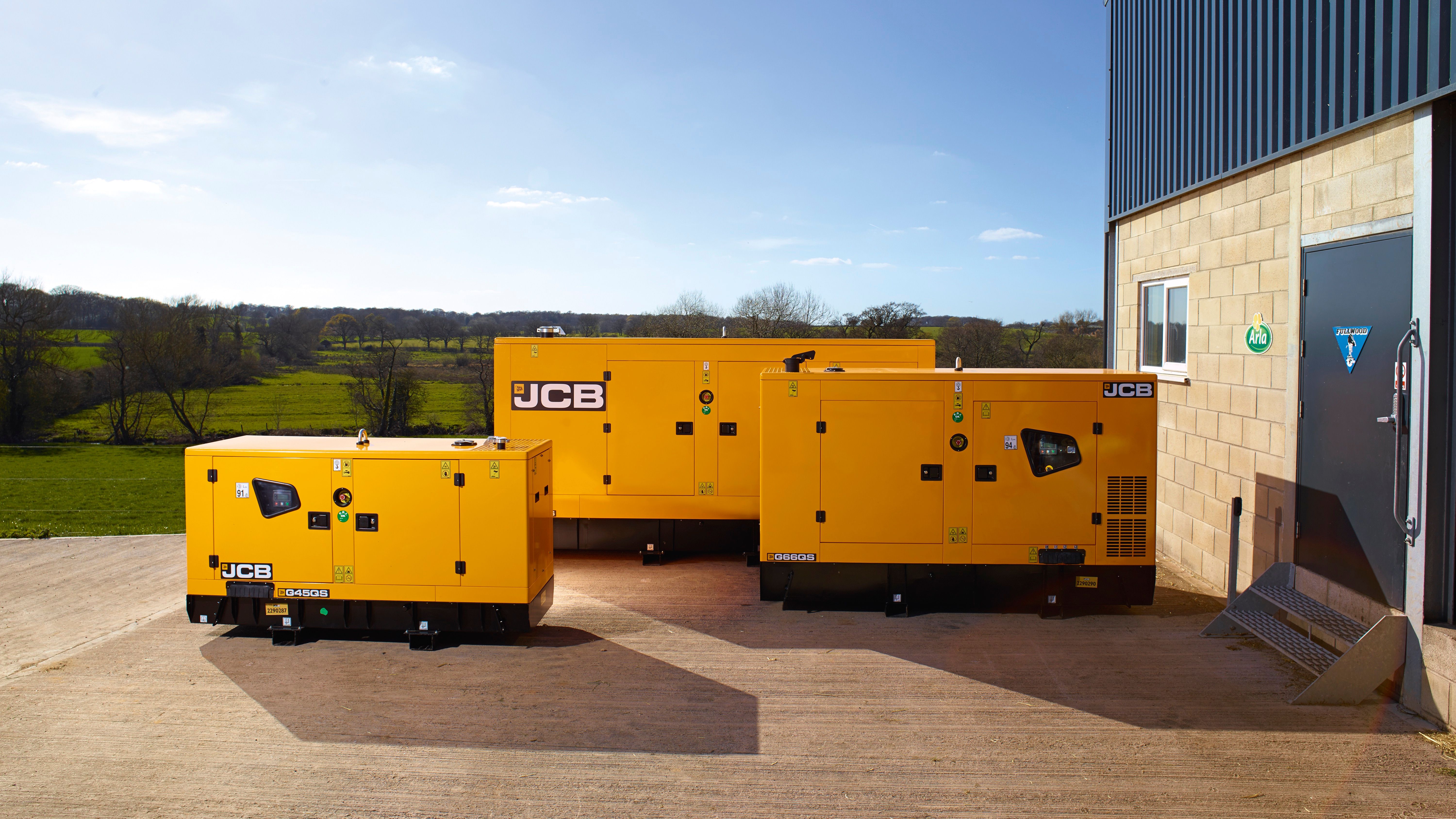
Emergency power generator for farms: what it comes down to
You should pay attention to this when buying an emergency generator for agriculture.
A lightning strike, a storm or a damaged power cable can leave a farm without electricity. What sounds trivial at first can become a horror scenario for farmers. Whether milking robots, ventilation systems or watering systems - many essential functions on farms depend on the power supply. To prevent damage and stress during a power outage and to ensure animal welfare, it is important for farmers to be prepared with an emergency power generator. But what criteria should you look for when choosing a generator? We explain what is important.
What are the selection criteria?
When selecting an emergency power generator for agricultural operations, it is important to consider various criteria. On the one hand, it is of course crucial that the generator has enough power to reliably supply at least all essential devices and machines with electricity. For the agricultural sector, however, two other criteria are particularly important: frequency stability and interruption time.
In particular, control computers and control equipment, which are often used in milking robots as well as ventilation and feeding systems, can react very sensitively to frequency fluctuations. The interruption time must also be taken into account: In the case of a forced-ventilation barn or milking robots, the emergency power supply should be as short as possible - if the emergency power generator is only intended to supply feeding systems or conventional milking technology, larger time windows can be tolerated under certain circumstances.
Selection criteria for agricultural emergency generators
- Power
- Frequency stability
- Interruption time
What output does my emergency generator need?
When selecting a suitable emergency power generator, performance is one of the most important decision criteria. It is therefore necessary to calculate in advance exactly how much power the business needs in an emergency in order to be able to supply all important functions with power. To do this, you add up the output of all devices that are connected to the emergency power generator.
To avoid a power shortage in the event of a power failure, it is advisable to add a safety margin of around 25%. In addition, larger businesses in particular should consider having the power requirements of their emergency power generator calculated by a specialist. They can also make recommendations as to whether it makes sense to protect non-essential devices with high running performance (e.g. slurry mixers) so that they are not switched on in emergency power mode and therefore do not place an additional load on the generator.
Integration into the farm
Professional installation is essential to ensure that the emergency power supply functions smoothly in an emergency. For example, a house and field switchover and overvoltage and undervoltage protection are recommended. It is also worthwhile using an uninterruptible power supply (“UPS devices”), especially for forced-ventilation or remote barns and milking robots. These can bridge the short period that occurs between the power failure and the start of the device, thus guaranteeing an uninterrupted power supply for sensitive structures.
The choice of location should also be considered when setting up an emergency power generator. To ensure the power supply to the business, mobile gensets should always be set up close to the connection point and be freely accessible. If a stationary unit is chosen, points such as ventilation, noise protection, exhaust gas routing and accessibility should be taken into account when selecting the location. In addition, on farms, especially if the emergency power generators are installed in stable buildings, it is necessary to ensure that they are adequately protected against dust, moisture and other contaminants.
What types of emergency generators are there for agriculture?
Emergency power generators are available in different versions, which should be selected according to requirements and the size of the business. In agriculture, there are two main categories: Stationary diesel generators and PTO units that can be driven by the tractor.
Stationary diesel generators have the great advantage that they can start automatically if required in the event of a power failure. This is a huge advantage, especially for sensitive machines, but also for remote barns or emergencies in the middle of the night. In addition, stationary diesel gensets are available in a wide range of equipment variants and performance classes so that they can be optimally adapted to the needs of the respective farm. Alternatively, stationary emergency power generators are also available in petrol or gas-powered versions. However, these are rarely used on farms in particular.
PTO units that can be driven by the tractor are widely used in agriculture. The big advantage: the purchase costs are significantly lower than for a stationary device. They also require less maintenance and care. However, these devices have the major disadvantage that they first have to be fitted to the tractor and switched on in an emergency, which means that the farm may be temporarily without power. The correct tractor size must also be taken into account: The tractor size in kW should be about twice as large as the required generator output in kVA.
Although many companies also have photovoltaic systems, these are hardly suitable for emergency power supply. In particular, as emergency power is often required due to extreme weather conditions, such as thunderstorms or storms, it is not possible to safely bridge the gap with photovoltaic systems, as they provide little to no power in such weather. The purchase of large energy storage systems that can supply a business with electricity for several hours in an emergency has also been financially unattractive to date.
Maintenance and inspection
An emergency power generator is only as good as its maintenance. Regular inspections and test runs are necessary to ensure that the genset works perfectly in an emergency. A test run is recommended every four to six weeks for both stationary and PTO-operated systems. This not only serves to check the unit, but also helps the farmer to develop a plan of action in the event of an emergency. In addition, the animals have the opportunity to get used to the unfamiliar noises of the generator, which leads to less stress in an emergency.
Tip: make use of funding opportunities
The purchase of an emergency power generator can involve considerable economic costs for operation, but it is an essential investment. Anyone considering the purchase of an emergency power generator should also look into possible subsidies in addition to selecting the right model. In fact, there are always subsidy programs for investing in emergency power generators that cover part of the purchase price. It's worth keeping an eye out here.
